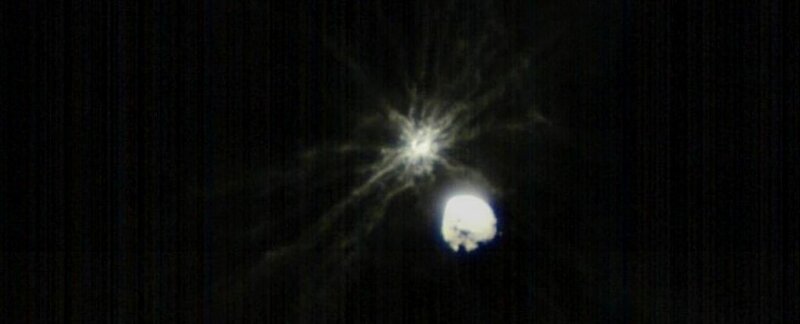The analysis is in and sharable. It provides somewhat unexpected needed information, however it is still a gamble, to precisely initiate the changes that are desired, based on many variable.
The crux of the research, imho, seems to be:
"The measurements have come in, and the rock's course changed by significantly more than expected."
"The Double Asteroid Redirection Test (DART) was an attempt to see if this was feasible. The target was carefully chosen: Dimorphos, a moonlet orbiting a larger asteroid called Didymos. Because the orbital period of the two objects has been well characterized, any change in Dimorphos' trajectory would be detectable as a change in its orbital period."
"According to a paper led by astronomer Andrew Cheng of Johns Hopkins University Applied Physics Laboratory, that ejecta was responsible for most of the change in the binary asteroid's orbit. That escaping material transferred more momentum to Dimorphos than was transferred by the DART spacecraft during its moment of impact."



 Astronomy
Astronomy


